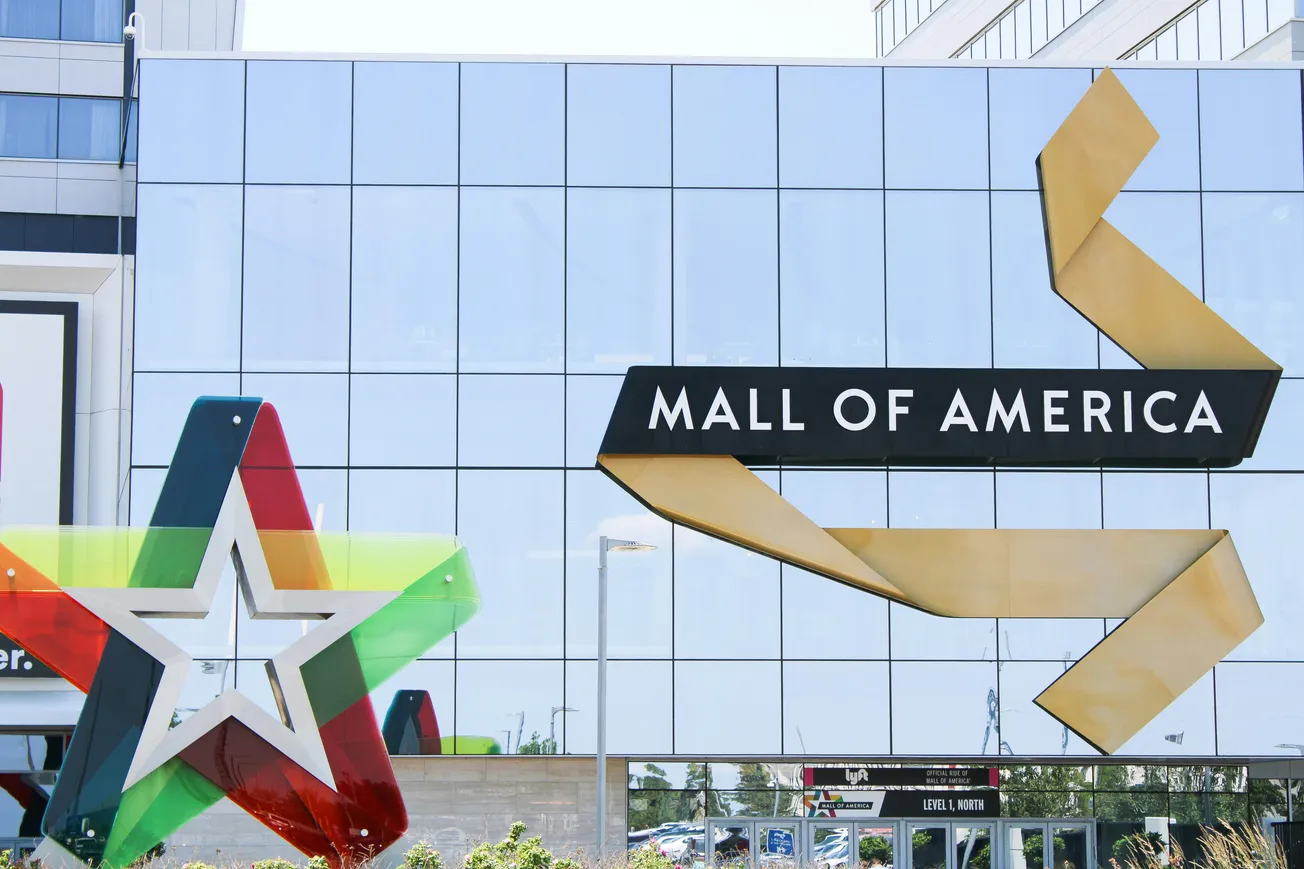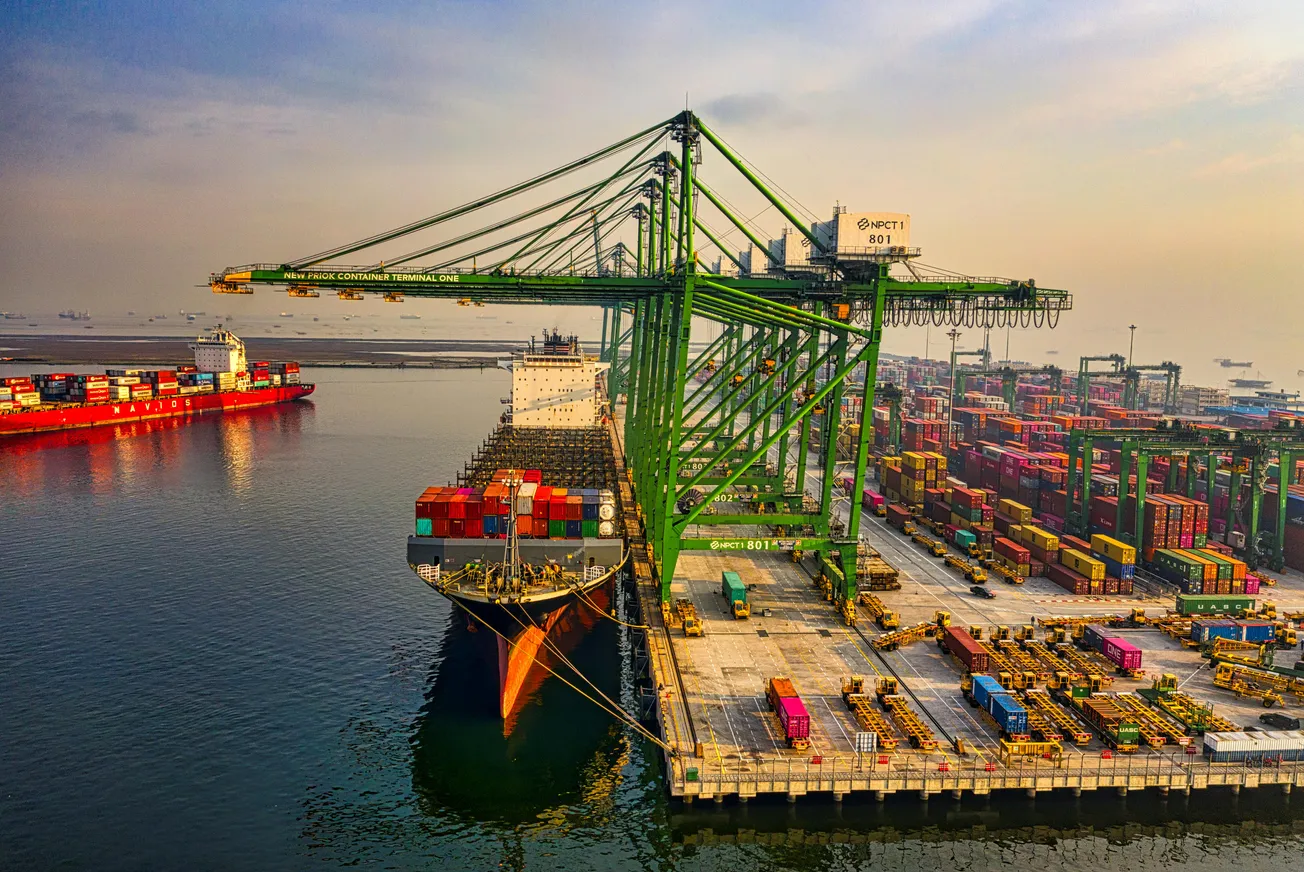The ongoing U.S. federal government shutdown has now become the second‑longest in U.S. history, and one significant consequence is that U.S. Department of Agriculture is expected to suspend Supplemental Nutrition Assistance Program (SNAP) benefits for roughly 42 million Americans starting this weekend.
In response, social‑media posts on platforms like TikTok and Facebook have begun calling for coordinated thefts at major grocery and retail chains — specifically naming Walmart (the world’s largest omnichannel retailer) among target locations.
Implications for Walmart & the Omnichannel Ecosystem
Supply chain, store operations & risk
- A threat of mass theft, especially at physical store locations, presents operational risk: increased loss prevention costs, potential store closures or lockdowns, and strained labor/associate safety concerns.
- For Walmart’s omnichannel model (integrating online, in‑store pickup, delivery), disruptions in store operations translate into potential knock‑on effects for fulfillment flows, inventory accuracy, online pickup fulfillment, and last‑mile delivery.
- For vendors and supply chain partners, elevated risk in the brick‑and‑mortar channel may reduce throughput or require contingency planning — e.g., store front loss, increased security, inventory rerouting.
- From a community and stakeholder viewpoint, such an event highlights how external macro‑political issues can translate into tangible retail‑disruption risk.
Strategic and reputational considerations
- Walmart must manage not only physical security but also customer confidence: if widespread looting occurs or large‑scale theft is perceived as imminent, shoppers may avoid stores or shift more quickly to online channels — which feeds back into omni‑channel strategy decisions.
- For Walmart’s positioning as a stabilizing force in food retail and grocery, being targeted in this way may affect stakeholder perception, vendor relationships, and investor sentiment.
- This event underscores the intersection of public policy (SNAP benefits, poverty/food insecurity) and retail operations – a reminder for retailers operating at scale that societal disruptions can ripple into logistics, store operations, and fulfillment.
What to watch
- How Walmart and local law‑enforcement respond: Will stores in high‑risk areas increase security, limit hours, modify operations (e.g., restrict entry, increase online/pick‑up capacity)?
- Whether the threats result in actual incidents or remain online noise: If incidents occur, tracking scale, geographic spread, and type (organized vs spontaneous) will be key.
- Impact on other grocers and omnichannel players: Is Walmart uniquely targeted, or will the threat extend to others (Food Bazaar, regional chains)?
- Vendor and supply‑chain partner reaction: Will suppliers change delivery schedules, increase safety buffers, shift mode/distribution in light of elevated risk?
- Long‑term: how such risk factors are built into omnichannel resilience planning. This could lead to increased investment by Walmart and others in store security, alternative fulfillment models, faster shift to online/pick‑up, or even changes in store footprint or format in high‑risk regions.









